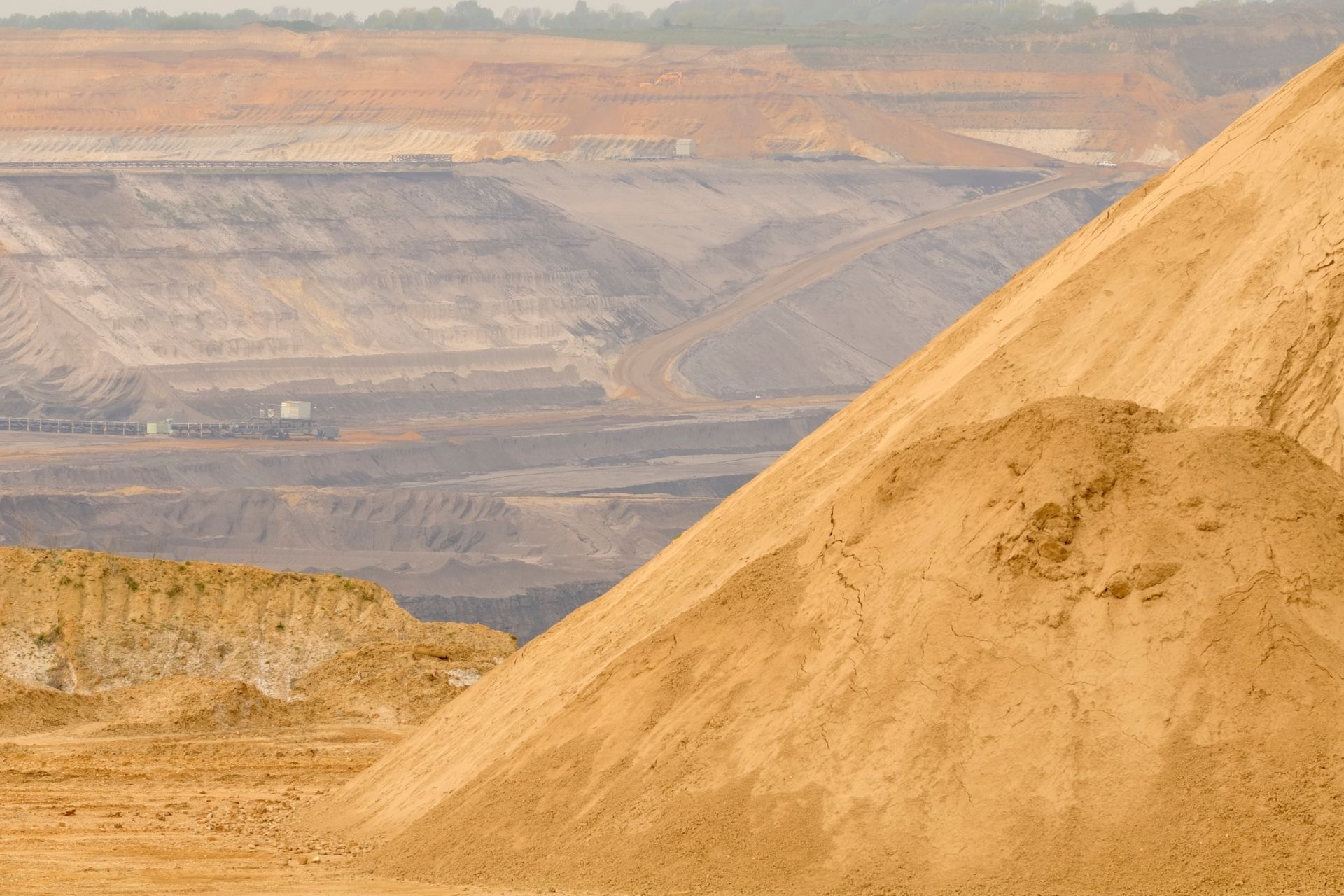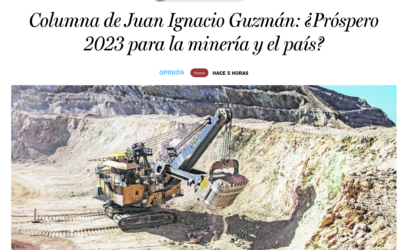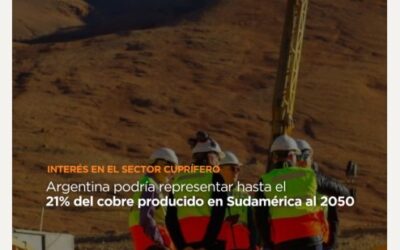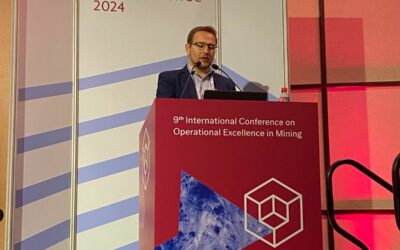“TAKE POSSESSION OF THE FIRST QUARTILE IN SUSTAINABILITY IN THE MINING INDUSTRY WOULD BE AN APPRECIATED ASSET IN THE FUTURE”
In order to have an initial diagnosis of copper and lithium industries in its components in terms of social, environmental, economic sustainability. As well as suggesting a future competitive position in the matter and presenting gaps and risks in achieving a greener industry, the Center for Copper and Mining Studies (Cesco) set up the commission: “Chile: the way to the most sustainable mining in the world” leaded by Guzmán, starting it late April this year.
The World Bank was very clear on the report published in 2020. “Minerals for climate action: The intensive use of minerals in the transition towards clean energy” Demand of minerals like copper and lithium, may grow 450% in the future due to the peak of electromobility and the use of renewable energies like solar, eolic and geothermal.
While the world looks for ways to achieve green economies, mainly because of the climate change we are facing, it is extremely important that these minerals are produced in greater sustainable ways. Economic, environmental, and social focus of sustainability are essential.
Considering these facts the Center for Copper and Mining Studies (Cesco) created a commission: “Chile: the way to the most sustainable mining in the world” which is working on the elaboration of a report about mining in the different sustainable dimensions, in order to support the design of public and private policies which allow industry and the country face the challenges and opportunities presented by the future green mining.
Juan Ignacio Guzmán, academic, Universidad de Chile and Pontificia Universidad Católica de Chile, general manager, Gestión y Economía Minera (GEM) and Cesco member, is who leads this commission. In order to do so, he works along with a group of academics, consultants and sustainability managers of different mining companies. Starting this process late April this year.
In accordance with it, Guzmán explains that the objective of this commission is to have an initial diagnosis of copper and lithium industries. “In order to do so, we will use a methodology named FODA (fortalezas, oportunidades, debilidades y amenazas), meaning strengths, opportunities, weaknesses and threats, to contemplate a future competitive position. From that point, we will analyze existing gaps and risks so that we move from the current position towards the desired one, focusing on the public-private-academic initiatives that should be developed for this transition heading to the most sustainable mining in the world.
The question introduced by Guzmán along with the idea of this commission is: “ If we have been successful in terms of economical sustainability, at least during the last 30 historic years, what can we say in relation to the social and environmental component? This is one of the situations the commission is willing to answer.
Currently, the commission ended up the first part of the job which consisted in a series of group meetings to identify the FODA. Now, in its second part, the information gathered from the meetings will be analyzed whose objective is to set a work document with details about the main results, as well as eventual recommendations for contributing in public policies which will take place between October and November 2021.
“Up to date, there is general consent that the copper and lithium industry have improved a lot in the area of social and environmental sustainability in the last three decades. Nevertheless, there is still room for improvement.” states Guzmán. Even though, I believe that the study will determine our competitiveness in relation to mining in the rest of the world. The results point at several strengths shown in the country in relation to others, as well as some weaknesses we need to work on in the future.
Copper and lithium, a sustainable future
There is before and after in Chilean mining. Even though historically, the country has been well known for its mining work, in the 1990’s and 2000’s the growth of the sector was explosive; becoming one of the most important mining districts in the world. Likewise, Chile moved towards strengthening the environmental institution, action which led the sector to assume new challenges not considered in the past by the industry, incorporating them to the core business.
“We moved from having a relevant production of copper and mining to being the world producers with significant differences until 2010. In the case of lythium, even if we lost the first place as producers, we are still among the main providers” states Guzmán. Concerning that fact, the academic adds that Chile became a mining world focus in the copper and lithium field thanks to the quality of their geological resources and due to the institutionality which was being articulated in a serious way for the rest of the world which enabled us to project ourselves as a good platform for business.
Although until 2020, the geological success still occurs, as stated by Guzmán, the mining production in the country got stuck. “Currently, we have deposits which have been depreciated throughout time and therefore, there has not been a huge increase in the production during the last ten years. Even if there are increases projected for lithium in this decade, growth of copper has been marginal.
The previous situation mentioned above takes place when the world demand for copper increases 26,9 to 33,5 millions of tons within 2030. While the offer of existing mines and projects in process, will decrease from 20,2 millions of tons to 18,4 millions within 2030, according to CRU consultant estimations.
Chile will reach a copper production of 7,095 millions of tons within 2031, at an average growing rate of 1,7% with a peak in 2028 of 7,35 millions of tons. Information provided by a report made by Cochilco “Proyección de la producción de cobre en Chile 2020 – 2031“.
This production, on the other hand, is conditioned to new social and market requests where mineral traceability will be enabled for sale. Mining should demonstrate that the processes are sustainable.
In that sense, the commission leader states that “ at the end of the day the world needs copper and lithium in order to struggle , for example, climate change. We need to do things better, no doubt about that. Whoever believes that we do not have to change anything in the next thirty years, has not learned through history.
The academic adds that green mining not only implies major requirements for the mining industry, but it contemplates a market opportunity for those companies which do this job accordingly. “I think it is crucial that Chile moves on like a country, towards this direction because taking possession of the first quartile in sustainability in the mining industry would be an appreciated asset in the future” Guzmán concludes.





